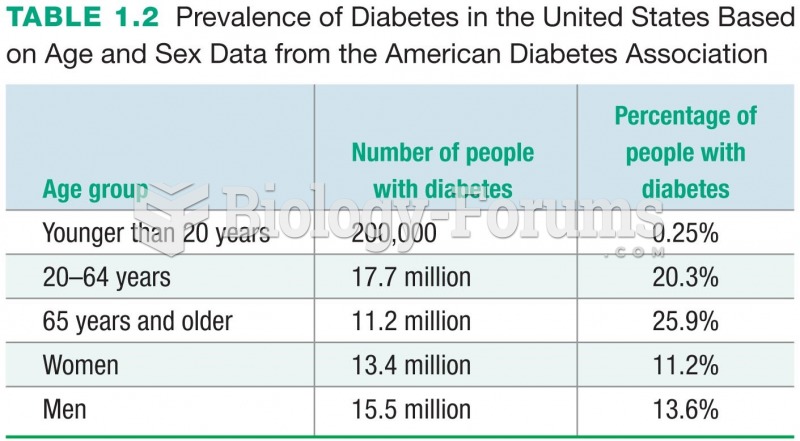Answer to Question 1
Sociologists who focus on microlevel analyses are interested in how the economic
system and social organization of work affect people's attitudes and behavior.
Symbolic interactionists, in particular, have examined the factors that contribute to job
satisfaction. According to symbolic interactionists, work is an important source of
self-identity for many people; it can help people feel positive about themselves, or it
can cause them to feel alienated. Job satisfactionrefers to people's attitudes toward
their work, based on
(1) their job responsibilities, (2) the organizational structure in which they work, and
(3) their individual needs and values. Studies have found that worker satisfaction is
higher when employees have some degree of control over their work, when they are
part of the decision-making process, when they are not too closely supervised, and
when they feel that they play an important part in the outcome. Job satisfaction is
often related to both intrinsic and extrinsic factors. Intrinsic factors pertain to the
nature of the work itself, whereas extrinsic factors include such things as vacation
and holiday policies, parking privileges, on-site day-care centers, and other amenities
that contribute to workers' overall perception that their employer cares about them.
Alienation occurs when workers' needs for self-identity and meaning are not met and
when work is done strictly for material gain, not a sense of personal satisfaction.
Workers are resistant to having very little power and no opportunities to make
workplace decisions. This lack of control contributes to an ongoing struggle between
workers and employers. Job segmentation, isolation of workers, and the
discouragement of any type of pro-worker organizations (such as unions) further
contribute to feelings of helplessness and frustration.
Answer to Question 2
False







